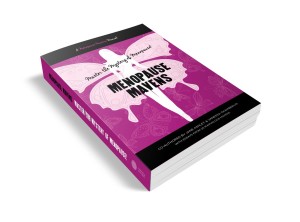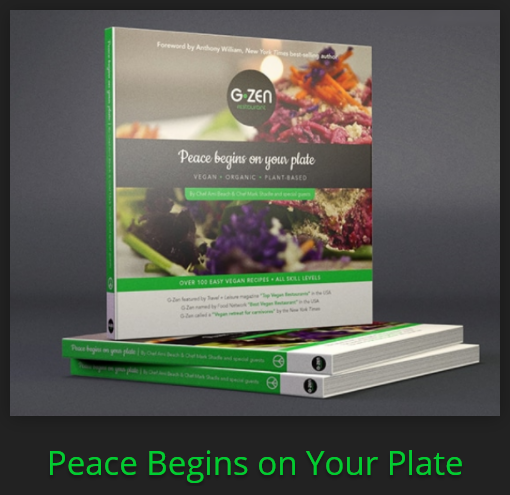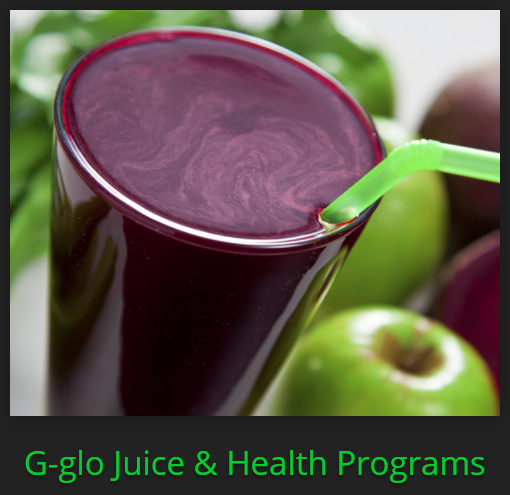I am proud to announce a book I co-authored with several other leaders in the holistic field. Here is some valuable information for all woman 35 -55 years of age. Available for sale Sept 1, 2015 on Amazon! When I am not running G-zen and Gmonkey or coaching private clients, I am passionate about writing about important subject matters that affect my life and the lives of many.
Helpful Tools in your menopause tool belt
Many say touch, and a host of other complementary therapies, can rebuild a woman’s trust with her physical self and help her ride through the transition known as menopause.
After months of hot flashes, fatigue, and irritability, oftentimes the last thing a woman in the throes of perimenopause or menopause wants is to be touched or to get the body moving. Yet, this is exactly when a woman needs to experience touch, bodywork and yoga therapy. When she most needs to be nurtured, comforted, and reminded of her beauty and inner spirit, is often when a woman’s body rebels and begins fighting against her. What resists persists! We must learn to honor our bodies at this crucial time while developing an arsenal of tools that we can whip out at any moment.
For the 4,000 new members joining the club each day, that’s good news. Here are some powerful reminders that I give to my clients as they approach this transformational road from the 40’s and on ward to feel empowered to help navigate the slippery slope of the initiation.
Menopause — The Stages, The Symptoms
A natural occurrence in life, menopause usually begins in a woman’s early 50s and signals the end of her reproductive years. Just as with pregnancy and childbirth, each woman experiences menopause differently. Some women sail through this time without much trouble; others are debilitated by the laundry list of symptoms that accompany it.
Menopause has three stages, each presenting varying degrees of challenges. Perimenopause is the first phase and usually begins a few years before full-onset menopause begins. Menstrual cycles change and become erratic, while hormone production begins to diminish. Hot flashes and some of the other more intense symptoms can start during perimenopause as well, although they usually occur in the second stage, known simply as menopause.
During this second phase, all the symptoms you’re going to have will make their arrival, hormones take an even greater nosedive, and menstruation stops. Symptoms can last as few as two years or go on for a decade or more. Most women hover around the five-year mark.
The final stage of menopause is postmenopause. It’s at this time, with all the hormonal changes in effect, that women are especially susceptible to the ravages of osteoporosis, Alzheimer’s disease, and cancer.
The symptoms accompanying menopause are both varied and extensive, with hot flashes winning out for the most recognizable of them. Some women will notice slight changes in their body temperature when a hot flash strikes; others will have the full-blown effects of flushed face, intense heat, profuse and insomnia. The deep breathing associated with yoga works for menopause by improving blood circulation, maintaining muscle tone and flexibility, and increasing the mood-regulating chemicals in the brain. It also massages the internal organs, encourages strong bones, makes the heart work efficiently, and tones the interior and exterior muscles.
Homeopathy — Built on the concept of “like cures like,” homeopathy can offer relief for menopause symptoms in a number of ways. For example: sepia, lachesis mutus, pulsatilla, belladonna, valeriana, and ferrum metallicum work for hot flashes; nux vomica, salvia, and sulphur address night sweats; and aconitum napellus, arsenicum album, chamomilla, and passiflora incarnata work on insomnia. Because every woman and her symptoms are different, it’s best to speak with a homeopathic physician before beginning a course of homeopathic treatments.
Herbal options have been used by women for centuries to help cope with menopause. Dong quai and ginseng are two of the more popular options for calming hot flashes. Experts say these herbs reduce the intensity of hot flashes by adding plant estrogens to the body, offsetting the estrogen deficiency caused by menopause.Still, these same experts would advise not taking an individual herb for the relief of hot flashes without first consulting an herbalist, as plants can be just as powerful as pharmaceuticals. In addition to herbal help, various vitamin and mineral supplementations have shown beneficial to menopausal women (i.e., calcium, vitamin D, magnesium, flaxseed).
Nutrition — We all know how important a role diet plays in overall health, and the same can be said for the menopausal woman. Most particularly, there are many foods rich with natural plant estrogens, including apples, barley, carrots, cucumbers, flaxseed, licorice, olive oil, papaya, peas, potatoes, soybeans, tomatoes, and yams. On the same note, if taking a “menopause diet” seriously, it should also include the elimination of excess sugar, caffeine, and junk food, as these exacerbate symptoms significantly.
Aromatherapy can offer help to the 40-50-something woman, too. Here are some examples: Basil alleviates fatigue, lavender works against insomnia, jasmine fights depression, and sage balances hormones while easing tensions.
Exercise — According to experts at Holistic-online.com, “without doubt, exercise is the most important alternative therapy available to the menopausal woman.” They go on to say that exercise helps a woman control her body and emotions by using her internal resources: “Each time you exercise, your adrenal glands are stimulated to convert the male hormone adrostenedione into estrogen. A minimum of four, 30-minute exercise sessions a week will be enough to keep you ‘topped off’ with estrogen. This, in turn, can reduce the likelihood of severe hot flashes.
Just as there are many faces of the menopausal woman and her condition, there are many avenues of treatment as well. Reminding my clients that this is a time to honor their change and allowing their body to be renewed on a cellular level while not resisting or fighting the changes. The more tools they can have in their tool belt, the better equipped they will be to transition with grace, gratitude and ease.






